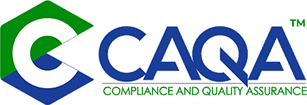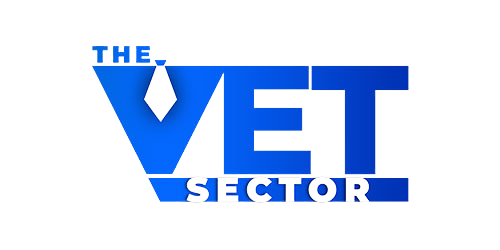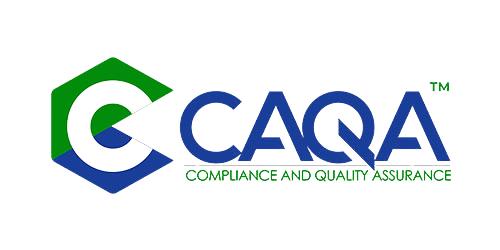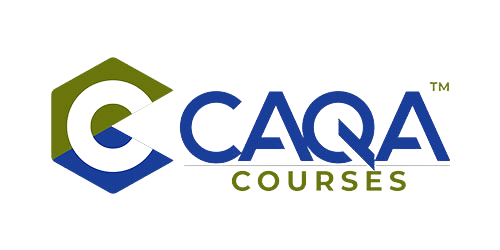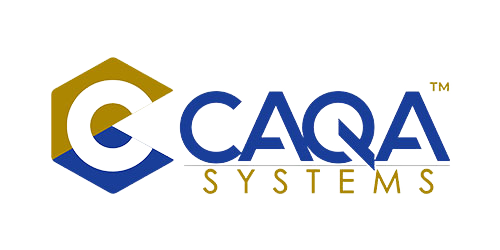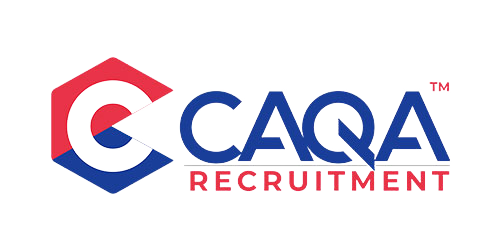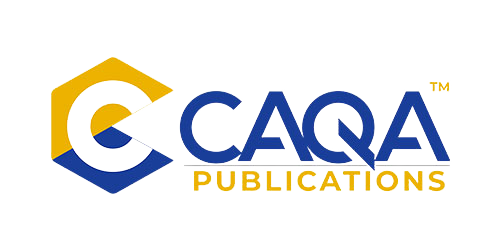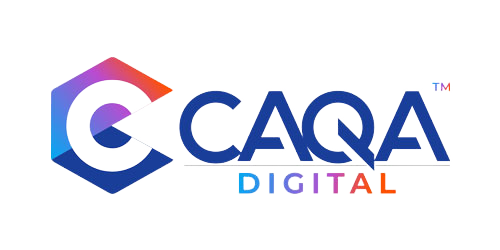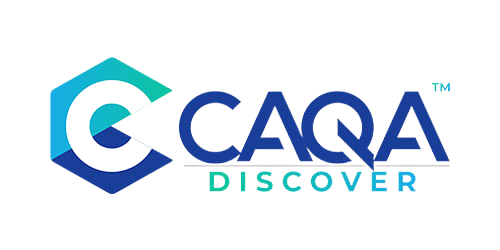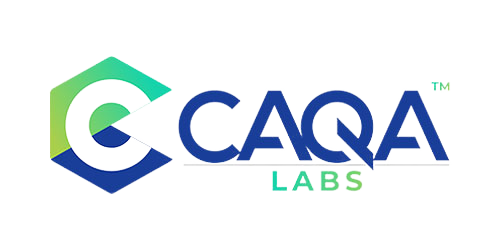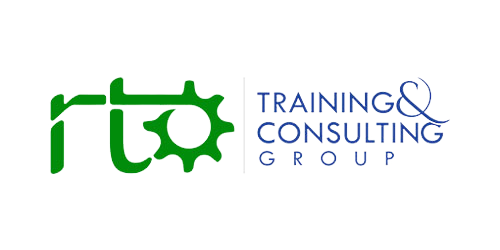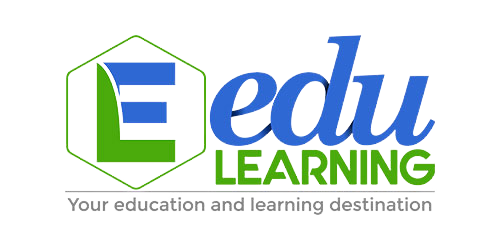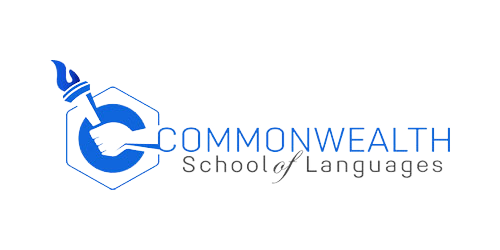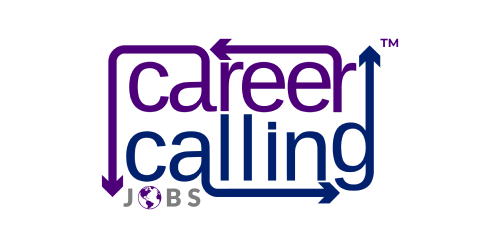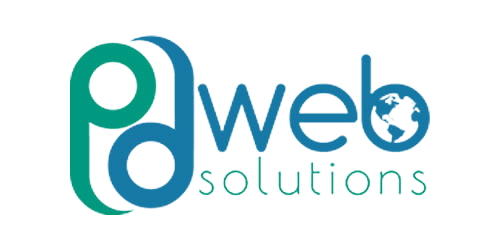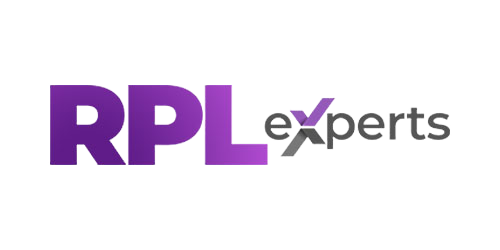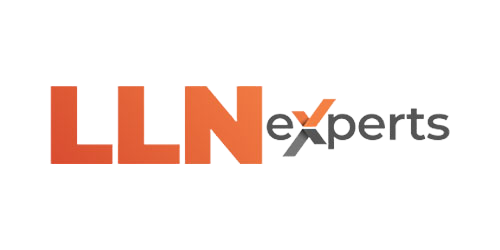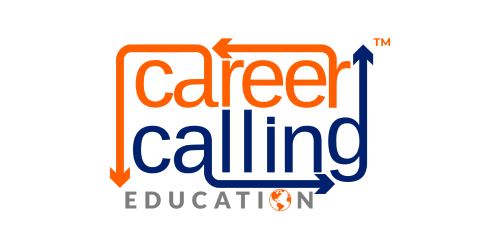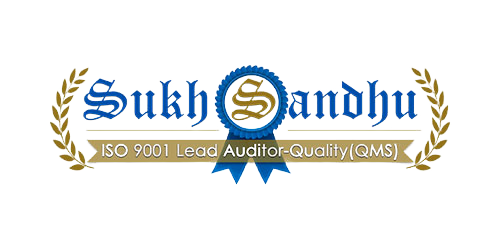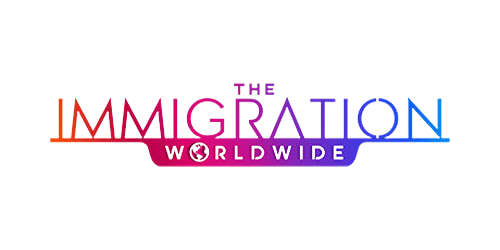THE PARADIGM SHIFT: FROM DOCUMENTATION TO RELEVANCE
The 2025 Standards for RTOs herald a profound transformation in how assessment quality is conceptualised, implemented, and evaluated across Australia's vocational education landscape. While Standard 1.3's core requirements—that assessment must be valid, reliable, fair, and flexible—remain ostensibly unchanged from previous iterations, the new standards introduce a revolutionary emphasis on "fitness for purpose" and industry alignment that will fundamentally reshape assessment practices throughout the sector. This shift represents not merely a technical adjustment but a philosophical revolution: from assessment as a documentation exercise to assessment as authentic preparation for workplace performance.
This transformation strikes at the heart of one of the sector's most persistent compliance challenges: the widespread practice of purchasing generic assessment tools "off the shelf" and implementing them with minimal or no contextualisation for specific learner cohorts or industry settings. Audits consistently identify this as a major source of non-compliance, with generic tools frequently failing to collect appropriate evidence or align with real workplace requirements. The 2025 Standards make explicit what was previously implicit: assessment must be genuinely fit for the specific purpose it serves, not merely technically aligned with unit requirements in the abstract.
The implications for RTOs are profound and far-reaching. Generic, one-size-fits-all assessment approaches—regardless of their technical compliance with training package requirements—will no longer satisfy regulatory scrutiny. Instead, organisations must demonstrate that their assessment tools and practices have been deliberately tailored to reflect the specific industry contexts, learner characteristics, and workplace demands relevant to each course. This contextualization imperative creates both challenges and opportunities: challenges in developing more sophisticated, customised assessment approaches, and opportunities to create more engaging, meaningful assessment experiences that genuinely prepare students for workplace success rather than merely documenting compliance.
THE CONTEXTUALISATION IMPERATIVE: ONE UNIT, MULTIPLE CONTEXTS
The 2025 Standards establish an unambiguous requirement for assessment contextualisation—the systematic adaptation of assessment tools and practices to reflect specific industry settings, learner cohorts, and workplace environments. This is not merely a matter of superficial adjustments but of fundamental alignment between assessment tasks and the real-world contexts in which skills and knowledge will ultimately be applied. The standards recognise that the same unit of competency can—and should—be assessed differently depending on the particular industry sector, workplace environment, or learner characteristics involved.
This contextualisation imperative is perhaps best illustrated through concrete examples. First aid training provides a particularly clear illustration: the same first aid unit delivered to childcare workers, maritime professionals, or general community participants demands distinctly different assessment scenarios and contexts. Childcare workers need assessment focused on pediatric emergencies in educational settings; maritime workers require scenarios involving emergencies at sea with limited resources; general community participants need assessment addressing typical home and public space emergencies. While the underlying competency standards remain constant, the assessment contexts must reflect these different applications to be genuinely fit for purpose.
Similarly, units addressing safe handling requirements must be contextualised to specific operational environments—warehousing, bus driving, truck driving—each with its distinct requirements, risks, and procedures. The assessment tasks, scenarios, and evidence requirements should reflect these specific contexts rather than generic handling principles in the abstract. This contextualisation not only enhances regulatory compliance but also dramatically improves the relevance and transferability of training, ensuring that assessed competencies actually translate to workplace capability rather than merely theoretical understanding or documentation compliance.
The standards' expectations for contextualisation extend beyond industry alignment to encompass learner characteristics and needs. Assessments for apprentices, international students, existing workers, or career changers should reflect the different backgrounds, prior knowledge, and learning contexts of these diverse cohorts. This doesn't mean different standards for different groups—the competency requirements remain consistent—but rather different approaches to assessment that recognise varied starting points, learning journeys, and application contexts. This learner-centred contextualisation enhances both engagement and authenticity, creating assessment experiences that connect meaningfully with students' backgrounds and aspirations.
THE TESTING REVOLUTION: PRE-VALIDATION BECOMES MANDATORY
One of the most significant practical changes in the 2025 Standards is the explicit requirement for RTOs to "test" assessment tools before use—a form of pre-validation that ensures tools are fit for purpose before they impact actual students. This testing requirement addresses a common compliance gap: assessment tools that appear adequate on paper but prove confusing, impractical, or misaligned when implemented with real learners. The standards now demand that RTOs proactively identify and address these issues before assessment begins, rather than discovering problems through failed assessments or regulatory intervention.
Best practice in pre-validation involves having trainers and assessors complete the assessments themselves before implementation—literally working through every question, task, and requirement as if they were students. This practice reveals issues that might not be apparent from document review alone: unclear instructions, ambiguous questions, unrealistic time allocations, or disconnections between assessment tasks and training materials. It also provides a reality check on whether the assessment actually addresses all required elements and performance criteria in ways that are comprehensible and accessible to the intended learner cohort.
The standards strongly recommend that someone other than the tool's author conduct this testing, recognising the "document blindness" that often prevents creators from seeing flaws in their own work. This independent testing introduces a fresh perspective that can identify ambiguities, inconsistencies, or omissions that might be overlooked by those too close to the tool's development. It also creates a form of peer review that enhances quality through collaborative improvement rather than isolated compliance checking. The result is more robust, user-friendly assessment tools that work effectively in practice, not just in theory.
Beyond evaluating the assessment tool itself, pre-validation should verify alignment between learning materials and assessment content, ensuring that students are not assessed on content they haven't been taught, particularly at lower AQF levels where students may have limited prior knowledge or independent learning skills. This alignment checking addresses a common compliance issue: disconnection between training content and assessment requirements, leading to student confusion, poor completion rates, and regulatory concerns. By ensuring this alignment before delivery begins, RTOs can prevent assessment surprises and ensure that learning experiences prepare students appropriately for the assessment challenges they will face.
THE DOCUMENTATION EXPANSION: EXTENDED RETENTION REQUIREMENTS
The 2025 Standards introduce significant changes to recordkeeping requirements for assessment, extending the minimum retention period for completed assessment evidence from six months to two years after program completion, with up to seven years required for government-funded courses. This extension aligns vocational education recordkeeping with ESOS Act requirements for international students and creates more consistent expectations across different student cohorts and funding arrangements. The practical impact is substantial: RTOs must develop more robust, scalable systems for managing assessment records over these extended timeframes.
These expanded retention requirements serve multiple purposes. They enable more comprehensive validation of assessment over time, allowing RTOs to track patterns, identify issues, and implement improvements based on longitudinal data rather than snapshots. They provide stronger consumer protection by ensuring that evidence supporting qualification issuance remains available for extended periods, facilitating investigation of any concerns about assessment integrity or qualification legitimacy. They also support more sophisticated quality assurance processes by enabling comparative analysis across different cohorts, trainers, or delivery modes over multiple delivery cycles.
The documentation expansion creates both challenges and opportunities for RTOs. The challenges include increased storage requirements, enhanced data security needs, and more complex archive management systems. The opportunities include richer data for continuous improvement, more robust evidence for compliance demonstration, and potential competitive advantage through superior information management. Organisations that approach these extended requirements strategically—investing in scalable digital systems rather than merely expanding physical storage—will find themselves well-positioned both for compliance and for data-driven quality enhancement over time.
THE AI CONSIDERATION: BALANCING AUTOMATION AND AUTHENTICITY
The assessment revolution occurs against a backdrop of rapid technological change, with artificial intelligence tools like ChatGPT increasingly used in assessment development and implementation. The 2025 Standards neither prohibit nor explicitly endorse AI use, but they establish clear expectations that assessment tools must be fit for purpose and contextualised regardless of how they are developed. This creates a nuanced compliance challenge: AI can significantly enhance assessment efficiency and consistency, but only if deployed with appropriate human oversight, expertise, and contextualisation.
Sector experience suggests that ASQA auditors are increasingly alert to machine-generated assessment content, reportedly running submitted assessments through AI-detection tools to identify generic, algorithmically produced materials. This scrutiny doesn't target technology use per se but rather the lack of contextualisation and quality assurance that often characterises poorly implemented AI solutions. The compliance message is clear: AI can be a powerful assistant in assessment development, but RTOs must add their own expertise, context, and quality checks to ensure that the resulting tools are genuinely fit for purpose rather than generic outputs lacking specific relevance.
When used effectively, AI can dramatically reduce assessment development time—from weeks to days—while maintaining or even enhancing quality. The key lies in providing clear, specific prompts that incorporate contextual information about the industry, learner cohort, and application environment, then critically reviewing and refining the AI-generated content to ensure accuracy, relevance, and compliance. This human-in-the-loop approach leverages AI's efficiency while maintaining the contextual understanding and professional judgment that remain beyond algorithmic capabilities. As one sector expert memorably phrased it, "AI is the smartest, dumbest intern you'll ever have"—capable of impressive output but requiring clear direction and quality oversight.
This balanced approach to AI in assessment represents the future of efficient, high-quality tool development. Rather than choosing between purely manual development (slow but contextualised) and unfiltered AI generation (fast but generic), RTOs can create sophisticated hybrid approaches that leverage technological capabilities while maintaining human expertise and judgment. Those that master this balance will gain a significant advantage in both compliance readiness and operational efficiency, developing contextualised, fit-for-purpose assessment tools more rapidly and consistently than competitors relying on either extreme of the automation spectrum.
THE COMPLIANCE VULNERABILITIES: UNDERSTANDING THE HIGHEST RISKS
Sector experience consistently identifies three primary assessment-related non-compliances that auditors target under the 2025 Standards: lack of contextualisation for specific learner cohorts or industries; absence of pre-validation or testing before implementation; and assessment tools that fail to fully address unit requirements or assessment conditions. These vulnerabilities represent the highest compliance risks for RTOs and should be prioritised in quality assurance efforts to prevent regulatory intervention and ensure effective student assessment.
Beyond these top three issues, auditors frequently identify more specific assessment design flaws that create compliance risk. One common error involves copying performance criteria directly into question-and-answer formats without considering context or AQF level, creating assessments that may technically address the criteria but do so in ways that are inaccessible or inappropriate for the intended learners. Another frequent issue involves failing to update instructions when transitioning from paper-based to digital learning management systems—for instance, telling students to "use a blue pen" in an online quiz. These seemingly minor oversights reflect a broader compliance vulnerability: failure to thoroughly review and adapt assessment tools to their implementation context.
The compliance implications of these vulnerabilities extend beyond regulatory consequences to impact educational quality and student outcomes. Poorly contextualised or inadequately tested assessment tools typically result in lower completion rates, reduced student satisfaction, and diminished workplace capability among graduates. The business case for addressing these vulnerabilities thus extends beyond compliance to encompass commercial considerations like reputation, student retention, and employer satisfaction. RTOs that proactively identify and address these common compliance vulnerabilities position themselves for both regulatory success and business sustainability in an increasingly competitive sector.
THE CULTURAL EVOLUTION: FROM AUDIT PREPARATION TO CONTINUOUS IMPROVEMENT
Perhaps the most profound aspect of the assessment revolution is not technical but cultural: the 2025 Standards demand a fundamental shift from episodic audit preparation to embedded continuous improvement in assessment practice. RTOs can no longer wait for scheduled audits or re-registration to review and enhance their assessment tools; instead, they must implement ongoing validation, testing, and refinement cycles that ensure assessment quality is maintained consistently over time. This cultural evolution transforms assessment validation from a compliance obligation to a quality enhancement process integral to everyday operations.
Implementing this cultural shift requires systematic approaches to assessment, review and improvement. Rather than concentrating validation activities in pre-audit periods, leading RTOs schedule regular validation sessions throughout the year—ideally at least biannually—and ensure that all trainers participate in this collaborative quality assurance process. These regular reviews identify improvement opportunities through actual implementation experience rather than theoretical compliance checking, creating more authentic, practical enhancements to assessment tools and practices. By normalising this continuous improvement approach, RTOs create both stronger compliance positions and better educational outcomes through progressively refined assessment practices.
For initial registration audits, this cultural evolution creates specific imperatives around assessment tool understanding and ownership. It is no longer sufficient for CEOs or compliance managers to present assessment tools they cannot explain or contextualise; the person who developed or intimately understands the assessment methodology must be present to address substantive questions about design choices, contextualisation approaches, and validation processes. This expectation reinforces the underlying principle that assessment is not merely a documentation requirement but a fundamental educational process requiring professional expertise and judgment. RTOs that embody this principle—treating assessment as an educational cornerstone rather than a compliance exercise—will find themselves well-positioned for both regulatory success and educational excellence.
THE IMPLEMENTATION ROADMAP: PRACTICAL STEPS FOR ASSESSMENT REVOLUTION
Translating the 2025 Standards' assessment revolution into practical implementation requires systematic approaches that address both compliance requirements and educational quality. The implementation roadmap begins with a comprehensive review of existing assessment tools against the new standards, with particular focus on contextualisation, validation processes, and alignment with unit requirements. This review should be thorough and critical, identifying not just technical compliance gaps but also opportunities to enhance relevance, engagement, and workplace alignment through more sophisticated assessment design and contextualisation.
Following this review, RTOs must prioritise contextualisation of assessment tools for their specific learner cohorts and industry settings. This process should involve both training staff and industry representatives, ensuring that assessment scenarios, tasks, and evidence requirements genuinely reflect the workplace contexts in which skills will ultimately be applied. The contextualisation should be documented explicitly, with clear explanations of how assessment has been tailored to specific industries, workplaces, or learner groups. This documentation creates both compliance evidence and institutional knowledge that supports ongoing quality and consistency in assessment implementation.
Pre-validation processes must be established and consistently implemented, with formal testing protocols for all assessment tools before use. These protocols should specify who conducts the testing (ideally someone other than the tool's developer), what aspects are evaluated (clarity, feasibility, alignment with training materials and unit requirements), and how findings are documented and addressed. The testing should be practical and hands-on—actually completing the assessment tasks rather than merely reviewing documentation—to identify real-world implementation issues that might not be apparent from document review alone.
Ongoing validation schedules should be established and maintained, with regular sessions that involve multiple trainers, assessors, and industry representatives. These sessions should examine both assessment design and implementation outcomes, considering completion rates, student feedback, trainer observations, and industry perspectives to identify improvement opportunities. The validation findings should be documented in continuous improvement registers, with clear tracking of recommended changes, implementation responsibilities, and follow-up verification that enhancements have been effectively implemented.
Technology should be leveraged strategically in assessment management, with appropriate tools for development, delivery, documentation, and validation. AI can be particularly valuable for initial content development and formatting, provided that human expertise is applied for contextualisation, quality assurance, and fitness-for-purpose verification. Digital assessment platforms can enhance both delivery consistency and evidence management, particularly important given the extended retention requirements under the new standards. However, technology adoption should always serve educational purposes rather than merely compliance efficiency, ensuring that digital tools enhance rather than compromise assessment quality and relevance.
CONCLUSION: THE ASSESSMENT FUTURE IS HERE
The 2025 Standards' assessment revolution represents both a challenge and an opportunity for Australia's RTOs. The challenge lies in developing more sophisticated, contextualised assessment approaches that genuinely prepare students for workplace success rather than merely documenting compliance. The opportunity lies in creating more engaging, relevant assessment experiences that enhance both educational outcomes and commercial positioning in an increasingly quality-focused sector. The organisations that embrace this revolution—investing in contextualisation, pre-validation, continuous improvement, and strategic technology use—will find themselves well-positioned for both regulatory success and educational excellence in the transformed vocational education landscape.
The future of assessment is not about documentation but relevance, not about generic compliance but specific workplace preparation. RTOs that recognise and respond to this fundamental shift will not only satisfy regulatory requirements but fulfil the deeper purpose of vocational education: preparing students for successful workplace participation through authentic, relevant skill development and assessment. The revolution has begun; the time for transformation is now.
